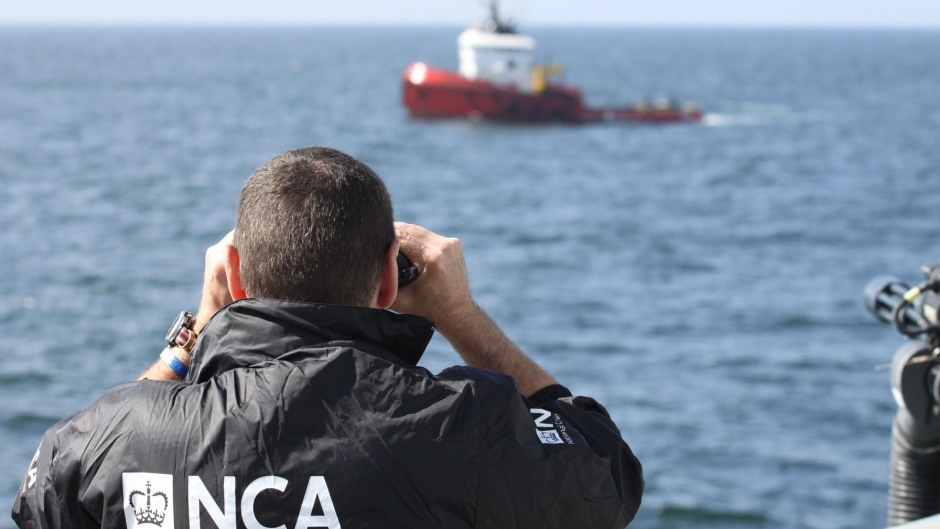Two men have been found guilty of smuggling more than three tonnes of cocaine into the north-east in what is the biggest Class A drugs haul in British history.
The captain and second-in-command, Mumin Sahin and Emin Ozmen, were on trial at the High Court in Glasgow after the drugs – worth £500million – were discovered hidden in a ballast tank of the MV Hamal.
The Tanzanian-registered tugboat was intercepted by Royal Navy frigate HMS Somerset and Border Force cutter Valiant about 100 miles east of Aberdeen last year.
Six Turkish men had been on trial at the High Court in Glasgow, and today the jury found Sahin, 46, and Ozmen, 50, guilty.
They returned not proven verdicts on the other four men – Kayacan Dalgakiran, 63, Mustafa Guven, 47, Mustafa Ceviz, 54, Umit Colakel, 38, Ibrahim Dag, 47, Abdulkadir Cirik, 31, and Muhammet Seckin, 26.
Who are the gang behind such a big haul?
While two men face up to life in prison, prosecutors are still hunting a larger criminal gang believed to be behind the £500 million drug shipment.
A key part of the Crown case was that the ship had not taken on any work in more than two months at sea – despite daily operating costs of around £4,000.
The crew said they were looking for work but logs showed the MV Hamal had completed a journey from Istanbul to Guyana – via Tenerife – before heading around the UK to Holland without completing any commercial work.
It led prosecutors to believe a bigger operation was behind the shipment.
John McGowan, of NCA Border Policing Command in Scotland, said: “It’s an ocean-going tug so its business would be to tow ships, but there was no evidence of them doing commercial towing.”
As well as the drugs, coordinates and emails found on the ship logs and a satellite phone revealed a planned meeting point where it is believed the drugs would have been passed on for distribution across Europe.
Officers believe a proportion would have ended up back on UK streets.
Mr McGowan said: “We had a set of coordinates suggesting it was heading to a meeting somewhere off the Dutch coast.
“It’s believed it was headed for the continent but our belief it that as the UK is such a big consumer of cocaine and the Netherlands is a well-known transit country, that a reasonable proportion would have found its way back into the UK.”
The coordinates were coded but broken by a maths professor when the “key” was found in a notebook on the ship.
The date of the meeting had passed by the time the coordinates were confirmed but prosecutors across Europe still hope to track down the gang behind the drug shipment.
“We made efforts to get behind the email address of that sender but unfortunately all record of that has been deleted from the system.
“Intelligence develops, evidence comes forward and there’s lots of things happening around the world in terms of investigation, so at the moment I can’t speculate.
“I think it’s fair to say with a sizeable quantity like this there has to be a serious organised crime group behind it and law enforcement across Europe will do their best to identify who they are.”










